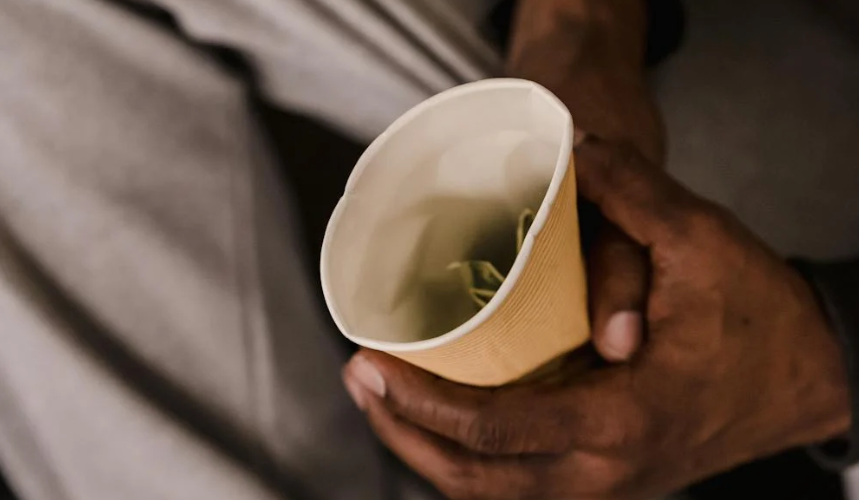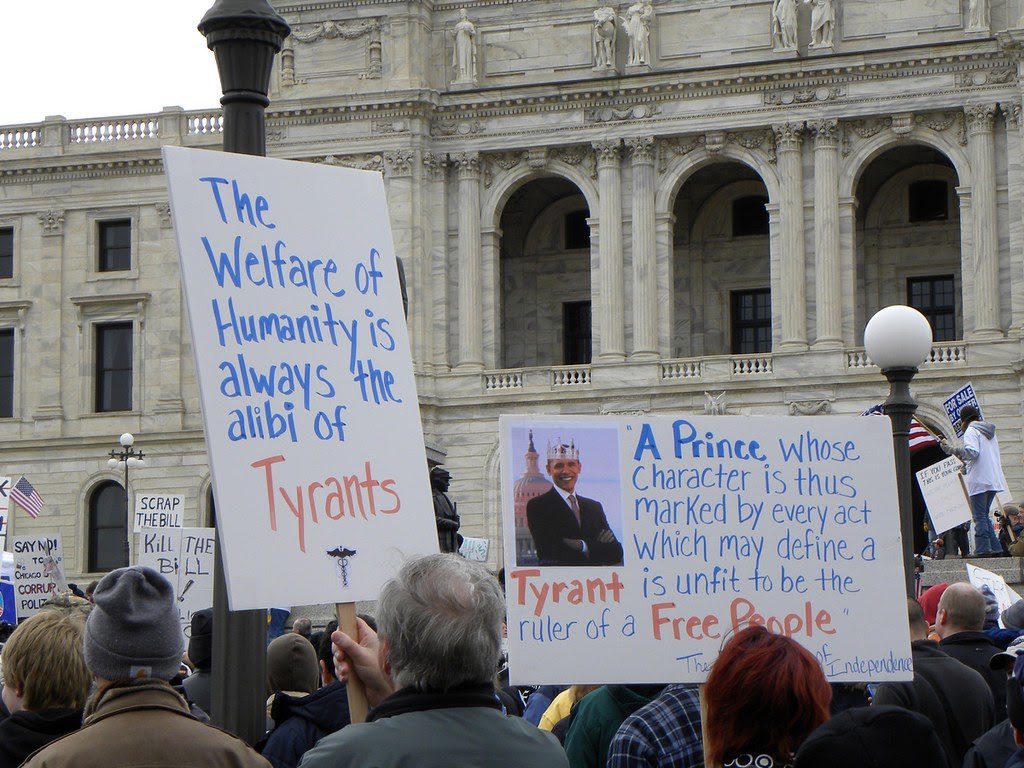For some, illness is temporary. A person becomes sick, sees a doctor, undergoes treatment, and returns to their daily life. They quickly forget whatever illness they experienced and the discomfort that accompanied it.
For others, illness is everything. Not all diseases have short term solutions, and not all patients can afford existing treatments. The medical establishment considers the 133 million Americans who face uncontrollable or incurable diseases for at least one year to be chronically ill. These patients spend their lives paying for treatments, prescriptions, and consultations just to stay afloat. About 75 percent of all US healthcare expenditures relate to or stem from chronic illness management, and chronic diseases cost each US citizen about six thousand dollars.
Chronically ill Americans pay extraordinary health costs in hopes of improving, or merely sustaining, their quality of life. For those who struggle to afford basic human needs like shelter, health is a devastating investment. If we are going to remove financial barriers to healthcare, we must protect the most vulnerable populations that these barriers harm: chronically ill people experiencing homelessness.
Illness leads to poverty, and poverty leads to illness
According to the US Department of Housing and Urban Development, a person who has been unhoused for at least one year while struggling with some other physical or mental disability is chronically homeless. These individuals struggle with both physical and mental illness, often making it difficult to hold a stable job or maintain financial security. Those in unsanitary living conditions face a greater risk of contracting communicable diseases or environmental illnesses. Chronic ailments like hypothermia, frostbite, and heat stroke are much greater threats for those who are housing insecure, particularly in extreme climates.
The chronically unhoused struggle with unconscionable impediments to living; outstanding health conditions, harsh environmental exposure, and extreme financial instability all deter chronically unhoused individuals from receiving the care that they need. Many of the outstanding health conditions that commonly plague the unhoused population can lead to permanent physical or mental disability. For example, constant exposure to hypothermic temperatures puts these populations at risk for severe cases of frostbite, which can result in the amputation of limbs and extremities. And for those with disabilities, many entry level jobs that require physical exertion or manual labor are unattainable and unrealistic. Homelessness traps people in a cycle of poor health and financial instability, which feed into one another.
Because chronic illnesses require lifelong treatment plans, financially insecure individuals pour a large percentage of their funds into the healthcare system. This is especially challenging for those who have chronic conditions that render them unable to work, as they must rely on government programs to afford the healthcare they need. As healthcare spending increases rapidly across the nation, it’s no surprise that healthcare costs are a major cause and contributing factor of homelessness.
The chronically widespread issue
The unhoused population is aging: a large number of the United States’ chronically homeless are in their sixties and seventies. The homeless population is aging at a much faster rate than the national population. In the early 2000s, the percentage of people experiencing homelessness over fifty years old was 37 percent, and now nearly half of the nation’s homeless are elderly people. Many unhoused individuals were born during the draft in the fifties or sixties and many fell victim to the drug epidemics of the eighties. Despite this, the life expectancy for those experiencing chronic homelessness is still lower than the general population.
Nearly 30 percent of Americans have hypertension and about 8.2 percent have diabetes. While one may expect the rates to be higher for chronically unhoused Americans, around 18 to 41 percent of unhoused individuals have hypertension and approximately 2 to 18 percent have diabetes. While unhoused Americans and housed Americans experience these illnesses at similar rates, homeless people have increased barriers to care and are often left without adequate illness management. Rising healthcare costs disadvantage several American populations, including those that consider themselves financially secure. But chronically ill Americans face disproportionate challenges regarding access to care and medication—challenges that are even harder for those who experience homelessness.
Mental illness is an even larger plague across the unhoused population. Approximately 45 percent of people experiencing homelessness either have met or currently meet the criteria for depression, and 41 percent meet the diagnostic criteria for anxiety. Because of the daily struggle of an unhoused individual, from gathering basic necessities to combating social stigmas, it is no surprise that many develop mental illnesses.
Statistics for chronically ill unhoused people are more difficult to identify as a consequence of poor health literacy and awareness. Among the general population, about one third of diabetics and one fifth of those with hypertension were completely unaware of their diagnosis. Since unhoused individuals experience barriers to healthcare access, there are likely many more patients that are either unaware of their diagnosis or do not have the means to get diagnosed.
Healthcare for the Homeless
Support for unhoused people varies greatly across the US, but some states and cities are making necessary strides in improving accessibility to care for disabled people experiencing homelessness. In Boston, Boston Health Care for the Homeless Program (BHCHP) seeks to provide direct health care access without separating the community from other mainstream healthcare networks in the area. For example, BHCHP works with hospitals like Massachusetts General Hospital and Boston Medical Center to ensure that unhoused people can receive any required healthcare alongside transitional housing assistance that is of similar quality to standard American healthcare.
In Miami, the Miami Permanent Supportive Housing Program provides mental health assistance and transitional housing services to its unhoused population, but there is no healthcare-specific program in the city. And in Los Angeles, the Housing Authority of the City of LA has a Tenant Based Supportive Housing program (TBSH) that is needs based, prioritizing higher risk people in transitional housing efforts. Fortunately, the city also has homeless health care centers and initiatives in place, one of the most notable being Homeless Health Care Los Angeles (HHCLA). HHCLA is mainly focused on providing harm reduction resources, community outreach programs, and behavioral health needs.
However, outside of individual state efforts, the federal government has yet to implement a widespread plan to assist chronically ill people experiencing homelessness. Our current homeless assistance infrastructure treats those who are chronically ill as special cases for additional accommodations, while a majority of people who need these services require specialized medical care. Our federal government needs to address homelessness by tackling health related barriers to adequate and affordable housing opportunities. The implementation of healthcare centers in major cities to address urgent care needs of elderly and chronically disabled unhoused people could be a lifesaving investment for thousands of Americans.
Homelessness and poverty can seem like an inescapable cycle to many, and chronic illness adds to the many health and safety concerns that many unhoused people face daily. In order to relieve some of the burden that homelessness has on people, those with chronic illnesses need realistic options. Accessible and affordable treatments for chronic illnesses can lift some of the burdens off unhoused individuals, giving them more of a chance to break the cycle of poverty and illness.



